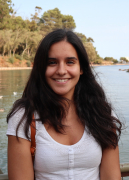 26/02/2021, 17:00 — 17:15 — Online
26/02/2021, 17:00 — 17:15 — Online
Renata Amado, Software Component Engineer at Edisoft
Predator-prey reaction-diffusion systems with application to population dynamics
A system of reaction-diffusion partial differential equations was recently proposed for modelling the interaction of predators competing for the same prey. The most counterintuitive conclusion drawn from the experiments is that strong competition, besides causing emergence of territories, leads also to an increase in both predators and prey populations, alongside with the emergence of a refuge area for the prey population. The ecological implications of varying the different parameters present in the model were also tested regarding the emergence of territories and if and how this variation influences the size of the territories.
See also
Renata_Presentation_Winter_School_2021.pdf
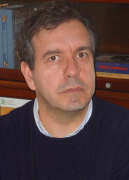 26/02/2021, 16:00 — 17:00 — Online
26/02/2021, 16:00 — 17:00 — Online
Henrique Oliveira, Instituto Superior Técnico
Differential equations in Mathematical Epidemiology
We present basic concepts of mathematical epidemiology, that date from Kermack–McKendrick, 1927. The theory was later on developed to study the spread of other infeccious deseases with latency time or in more complex situations. We analyse equilibrium points, and limit cycles in different situations. We make a brief overview of the role of discrete dynamical systems in these theories. The final point of this talk is the discussion of the use of compartimental models with ordinary differential equations, both autonomous and nonautonomous, to forecast and analyse the situation of COVID-19 in Portugal.
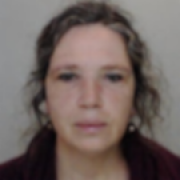 26/02/2021, 15:00 — 16:00 — Online
26/02/2021, 15:00 — 16:00 — Online
Catarina Carvalho, Instituto Superior Técnico
The index of an equation
If we are given a linear system of equations on finite dimensional spaces, we know from Linear Algebra how many solutions there are and how to find them. On the other hand, most mathematical modelling involves the analysis of some system of differential equations describing our model; here the solutions are functions, living in an infinite dimensional world. Finding the actual solutions may be very hard in practice, but if we are lucky, we have a powerful tool: there is an integer, called the index, that gives us information about the number of solutions without computing them. In the right setting, this number is very stable and behaves well under many natural transformations.
In this talk, we place this invariant in the setting of Operator theory, that is, the study of linear maps between normed vector spaces, let it be Euclidean space, spaces of sequences or function spaces. We make a tour through some of the main concepts and examples, and consider the class of Fredholm operators, the ones that lead to a well-defined index. We see what stability means and explain how the strong properties of the index lead in some cases to remarkable index formulas, depending on the shape of the space our model takes place, thus establishing a strong link between analysis and topology.
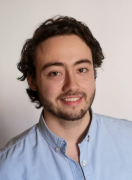 25/02/2021, 17:00 — 17:15 —
25/02/2021, 17:00 — 17:15 —
Paulo Mourão, Mathematics PhD Student at Université de Genève
Imaginary time flow deformations of Laughlin states
Even though we can easily model the behaviour of a charged particle under the influence of a magnetic field, the problem quickly grows very complicated as soon as we start considering many particle systems, due to the electromagnetic interaction between them. A breakthrough was achieved in 1983 when Robert Laughlin proposed an ansatz for the ground state of simple two dimensional systems of charged particles under the influence of a uniform magnetic field. This was later proven to be an excellent approximation to the exact wavefunctions. In my Master's thesis, we used techniques of Kähler geometry, geometric quantization and imaginary time Hamiltonian flows to deform these systems and thus obtain possible Laughlin states on deformed geometries. With this talk, I hope to provide some insight into modern applications of abstract mathematics to theoretical physics.
See also
ApresentaçãoPauloMOurao.pdf
 25/02/2021, 16:00 — 17:00 — Online
25/02/2021, 16:00 — 17:00 — Online
José Natário, Instituto Superior Técnico
The hidden geometry
Geometry is all around us, but it is many times hidden from our eyes.
In this talk we will see several examples of this, ranging from everyday situations to astrophysics and elementary particles.
See also
JoseNatario_hidden_geometry.pdf
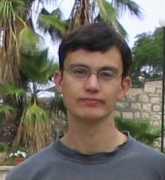 25/02/2021, 15:00 — 16:00 — Online
25/02/2021, 15:00 — 16:00 — Online
Gustavo Granja, Instituto Superior Técnico
Applied algebraic topology
Algebraic topology is the area of Mathematics which studies shapes or "large scale geometry” by algebraic means. During the 20th century it was recognised that the basic ideas of algebraic topology play an organizing role in most areas of pure mathematics. More recently, these ideas have also been successfully applied to other areas of science, from computer vision and data analysis, to neuroscience. This talk will introduce some of the most fundamental ideas in algebraic topology, which go back to Poincaré at the beginning of the 20th century, and briefly describe some ot their recent applications.
See also
GustavoGranja.pdf
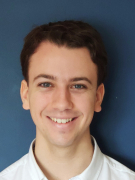 24/02/2021, 17:15 — 17:30 —
24/02/2021, 17:15 — 17:30 —
Rodrigo Girão Serrão, Universidade de Lisboa
Principal Component Analysis for Interval Valued Data
Principal Component Analysis is a well-known statistical method that is commonly used as a dimensionality reduction method. This method works with points in the R^n space, but how can we apply it to datasets containing other types of data? The intuitive ideas that shape Principal Component Analysis can be adapted with ease when we are dealing with interval data, but these adaptations often lack theoretical justification. Having said that, how can we transfer the intuition of Principal Component Analysis to this new domain in a way that is mathematically sound?
See also
rodrgo_gs_spca_interval_data.pdf
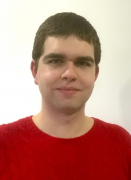 24/02/2021, 17:00 — 17:15 — Online
24/02/2021, 17:00 — 17:15 — Online
Henrique Santos, Intern at Portugal's Central Bank
Defining a Conformal Field Theory as a scaling limit of discrete models: the Ising model example
Statistical Field Theory attempts to describe physics phenomena using field theory models with an infinite number of degrees of freedom. If the system has an invariance under conformal transformations, then it is called a Conformal Field Theory. The Ising model for ferromagnetism on a 2D surface is the quintessential example, standing as one of the oldest and simplest models to show a phase transition – a drastic change of behavior when external parameters (like temperature) are tweaked. Although physics arguments suggest a large collection of models show such a symmetry at phase transitions, no formal proof is known for most of them. In this talk we give a brief presentation of the Ising model, study its continuum limit at the critical temperature and explore what these results can mean to other models.
See also
HenriqueSantos.pdf
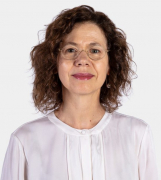 24/02/2021, 15:00 — 16:00 —
24/02/2021, 15:00 — 16:00 —
Rosário Oliveira, Instituto Superior Técnico
Data Science: a way to transform data into knowledge
The ultimate challenge for Data Science is to transform the enormous abundance of acquired and stored data into useful information for the solution of a specific problem. In this talk, we discuss the links between Data Science, Statistics, Machine Learning, Artificial Intelligence, Data Mining, and other scientific fields that put data as its main concern. We dedicate special attention to the role of Statistics in an area of data abundance. Topics like career opportunities, education, and the importance of collaborations between industry, universities, and government sectors are also addressed.
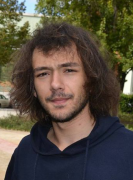 23/02/2021, 17:00 — 17:15 — Online
23/02/2021, 17:00 — 17:15 — Online
Gabriel Nahum, Mathematics PhD Student at Instituto Superior Técnico
The SSEP with open boundaries - Hydrodynamic Limit and Matrix Product Ansatz
On this talk we present the Symmetric Simple Exclusion Process (SSEP) on a finite lattice with open boundaries in 1 dimension. A description of this model is the following: we occupy arbitrarily a number of points with one particle; then, let the system evolve according to a (Simple) law of motion - a particle jumps with the same rate to its left/right site (Symmetric), iff this site is empty (Exclusion rule). The open boundaries allow us to inject/remove particles. Formally, this Interacting Particle System (IPS) is a Markov process, and on the past few decades has been actively studied in the context of Statistical Physics, providing more eyes on the inside of the world of non-equilibrium Thermodynamics.
An interesting question on the study of these IPS's is the amount of information that we can extract when going from this discrete space to a continuous one (also seen as micro-to-macro), and the description of microscopic quantities by means of macroscopic ones. On this vein, we will shortly expose the macroscopic description for the local density of particles (a Law of Large Numbers), and present a method for obtaining the exact distribution of the process on its stationary state.
See also
eim-23-02-2021-gabriel_nahum.pdf
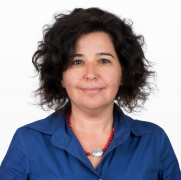 23/02/2021, 16:00 — 17:00 — Online
23/02/2021, 16:00 — 17:00 — Online
Cláudia Nunes, Instituto Superior Técnico
ECMI: Mission, goals and education
The European Consortium for Mathematics in Industry (ECMI) is a consortium of academic institutions and industrial companies that acts co-operatively with the following aims:
- To promote and support the use of mathematical modelling, simulation, and optimization in any activity of social or economic importance.
- To educate Industrial Mathematicians to meet the growing demand for such experts.
- To operate on a European scale.
One of the most successful programs concerns the ECMI Educational Programme Mathematics for Industry. In this presentation I will talk about the master program, focusing on the ECMI certificate and the Modelling activities.
See also
ECMI_presentation_EIM.pdf
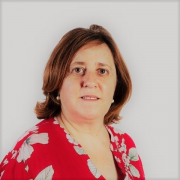 23/02/2021, 15:00 — 16:00 —
23/02/2021, 15:00 — 16:00 —
Conceição Amado, Instituto Superior Técnico
Finite population sampling in Data Science
In the era of "Big Data" the trendy is to analyse all available information. Is it really needed?
Do the effort and time, spend to analyse these "Big Data", lead to significantly greater information rather than using sampling techniques?
This short course discusses this issue and introduces the basic concepts of finite population sampling.
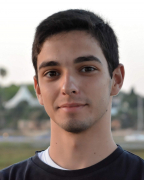 22/02/2021, 17:00 — 17:15 — Online
22/02/2021, 17:00 — 17:15 — Online
Pedro Capitão, Universidade de Lisboa
Private constrained pseudorandom functions with succinct keys
Pseudorandom functions (PRFs) are elementary objects in cryptography with many applications, both for practical purposes and as building blocks for more complex protocols. In the more powerful notion of a constrained PRF, the owner can delegate keys which only allow computing the value of the function at points that satisfy a given constraint. The objective of my thesis is to improve a known private constrained PRF scheme (where the constraints are hidden) by reducing the size of its keys. In this talk I introduce several cryptographic protocols and present the main ideas behind our construction.
See also
WSM_Pedro_Capitao.pdf
 22/02/2021, 16:00 — 17:00 — Online
22/02/2021, 16:00 — 17:00 — Online
Cristina Sernadas, Instituto Superior Técnico
Facets and Parallel Universes of Modal Logic
Main concepts and results concerning the relational, algebraic and topological semantics.
Labelled deduction. A (not exhaustive) road map through different parallel universes: provability, temporal, logic of programs, deontic, epistemic, evidence and spatial logics. Some open questions and challenges.
See also
Escola de Inverno 2021 Crsitina Sernadas Facets and Parallel Wordls of Modal Logic.pdf
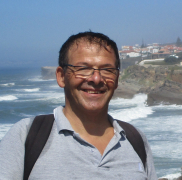 22/02/2021, 15:00 — 16:00 — Online
22/02/2021, 15:00 — 16:00 — Online
Pedro Lima, Instituto Superior Técnico
The Mathematical Modeling of Brain
With an extremely large number of functional units (neurons) and an even larger number of connections between them (synapses) the brain is maybe the most complex system that Science has ever tried to explain and simulate.
Neuroscience is nowadays a multidisciplinary field which mobilizes all over the world thousands of scientists of different profiles, from medical doctors to electrical engineers, including mathematicians. Te mathematical tools of Neuroscience are getting more and more complex, giving rise to new branches, such as Mathematical Neuroscience or Computational Neuroscience. In this talk we will visit some of the most well-known mathematical models, emphasizing the role that mathematical topics such as Differential Equations, Numerical Analysis or even Algebraic Topology play in the modeling of the brain and the nervous system.
See also
talk_Pedro Lima.pdf
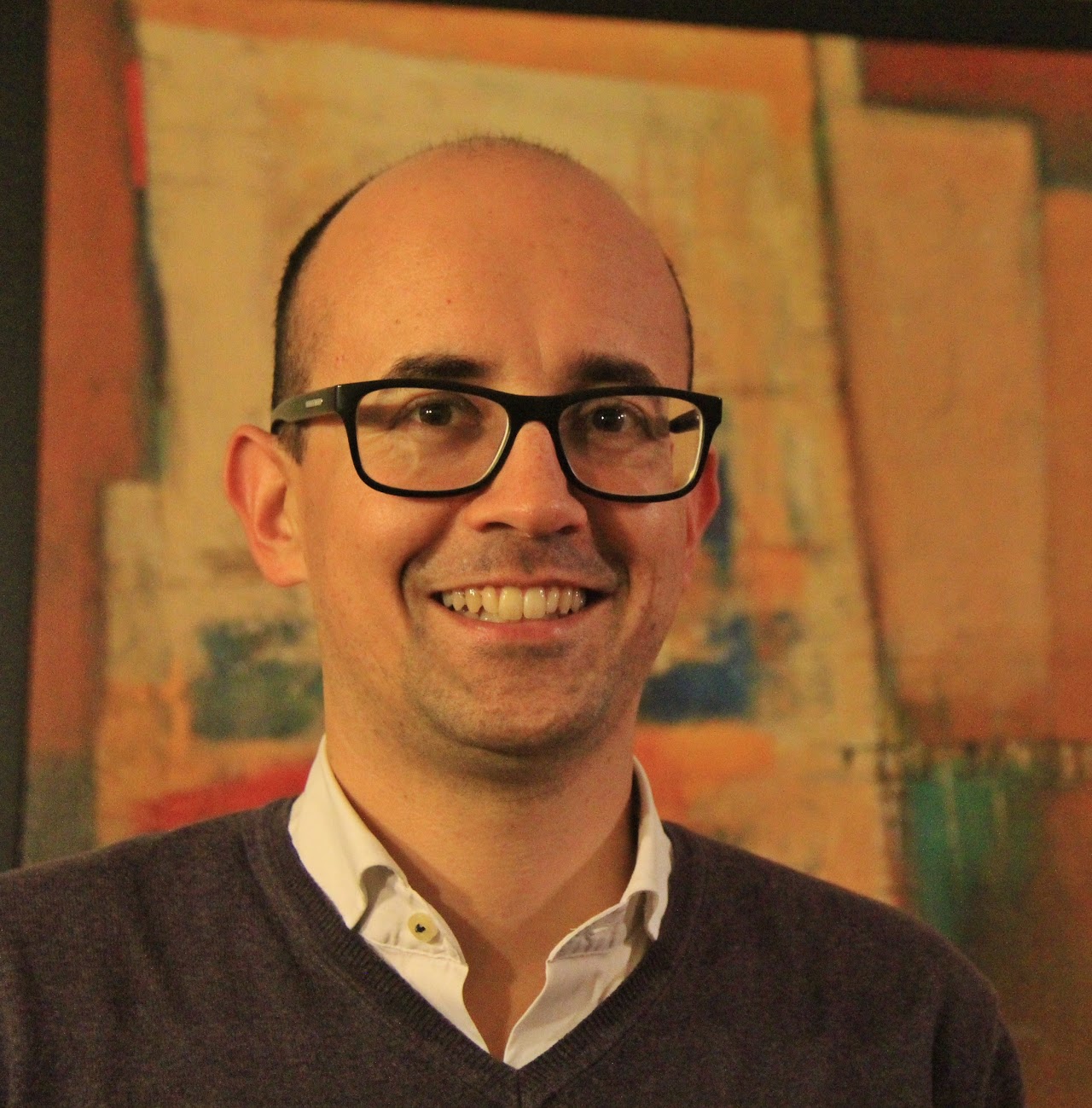 06/02/2020, 14:30 — 15:30 — Room P12, Mathematics Building
06/02/2020, 14:30 — 15:30 — Room P12, Mathematics Building
Hugo Tavares, Instituto Superior Técnico e CAMGSD, Universidade de Lisboa
Um Convite à Descoberta das EDPs (II)
A modelação matemática é uma das formas mais eficientes de compreender fenómenos e prever acontecimentos futuros. Muitos desses modelos são formulados com recurso a Equações com Derivadas Parciais (EDPs), ferramentas matemáticas que capturam as alterações de certas quantidades sujeitas a leis como difusão e reação em função de variáveis contínuas (tempo, espaço, preço,…). Falaremos de passeio aleatório, transporte, opções, calor, superfícies mínimas, vibrações e tráfego automóvel, abordando e deduzindo algumas das EDPs mais famosas da Física, Biologia e Economia.
O mini-curso é acessível a alunos que tenham frequentado uma disciplina de cálculo ou análise em várias variáveis.
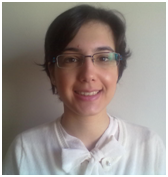 06/02/2020, 14:00 — 14:30 — Room P12, Mathematics Building
06/02/2020, 14:00 — 14:30 — Room P12, Mathematics Building
Joana Baltazar, Mestre em Matemática e Aplicações
Escoamento de Água num Canal na Hipótese de Pequenas Perturbações
Um dos muitos casos de estudo na Mecânica dos Fluidos é o movimento da água quando parte do seu contorno está em contacto com a atmosfera, como no caso dos rios. Este é um problema complexo, mas as características da água e certas hipóteses sobre o seu movimento permitem simplificá-lo.
Falarei sobre como foi construído um modelo para o problema, como o analisei dum ponto de vista teórico, provando a existência de solução, e como efetuei aproximações numéricas do mesmo.
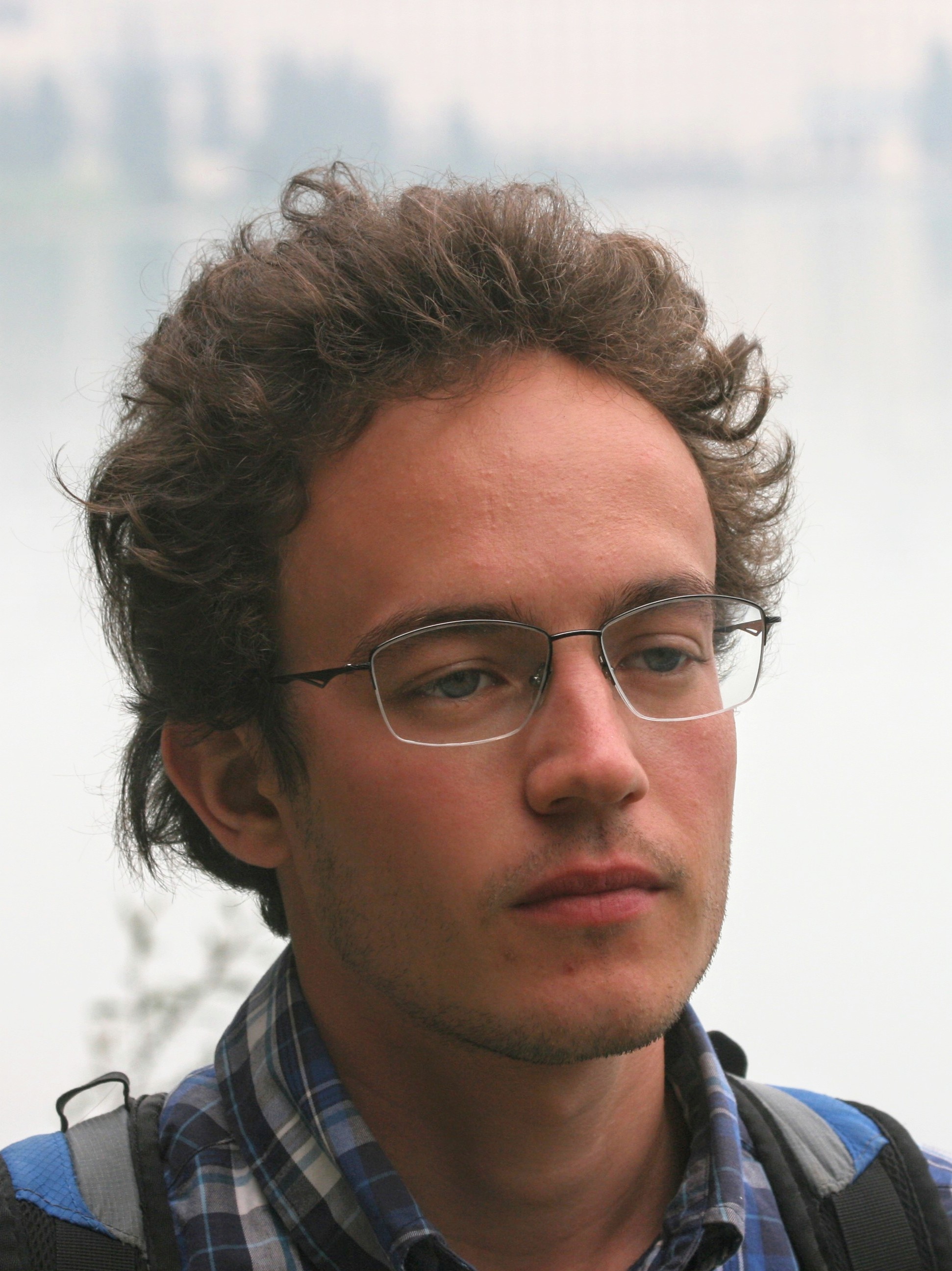 06/02/2020, 11:30 — 12:30 — Room P12, Mathematics Building
06/02/2020, 11:30 — 12:30 — Room P12, Mathematics Building
Sérgio Marcelino, SQIG - Instituto de Telecomunicações
Lógica, Modalidades e Composicionalidade (II)
A lógica moderna nasce da tentativa de formalizar toda a matemática. O estudo das limitações apontadas pelos teoremas de incompletude de Gödel foram um grande catalisador da área, tendo influenciado muitos novos ramos de estudo, nos quais podemos incluir a própria ciência da computação. O desenvolvimento da computação e inteligência artificial, e suas aplicações em áreas críticas, exigem novos métodos formais (leia-se lógicas) capazes de lidar com o raciocínio rigoroso necessário à sua análise. Para dar resposta às necessidades práticas é fundamental encontrar equilíbrios entre expressividade das lógicas consideradas e a complexidade de decisão dos problemas associados às mesmas.
Na primeira parte deste mini-curso darei uma perspectiva geral sobre lógica focando na variedade de escolhas possíveis relativamente a três aspectos fundamentais: sintaxe (linguagem), cálculos (sistemas dedutivos) e semântica. Na segunda parte apresentarei exemplos de lógicas modais, e terminarei com alguns resultados de combinação de lógicas, cujo objectivo último é compreender e controlar, se possível, os mecanismos por detrás da emergência da complexidade computacional em tarefas de raciocínio formal/simbólico.
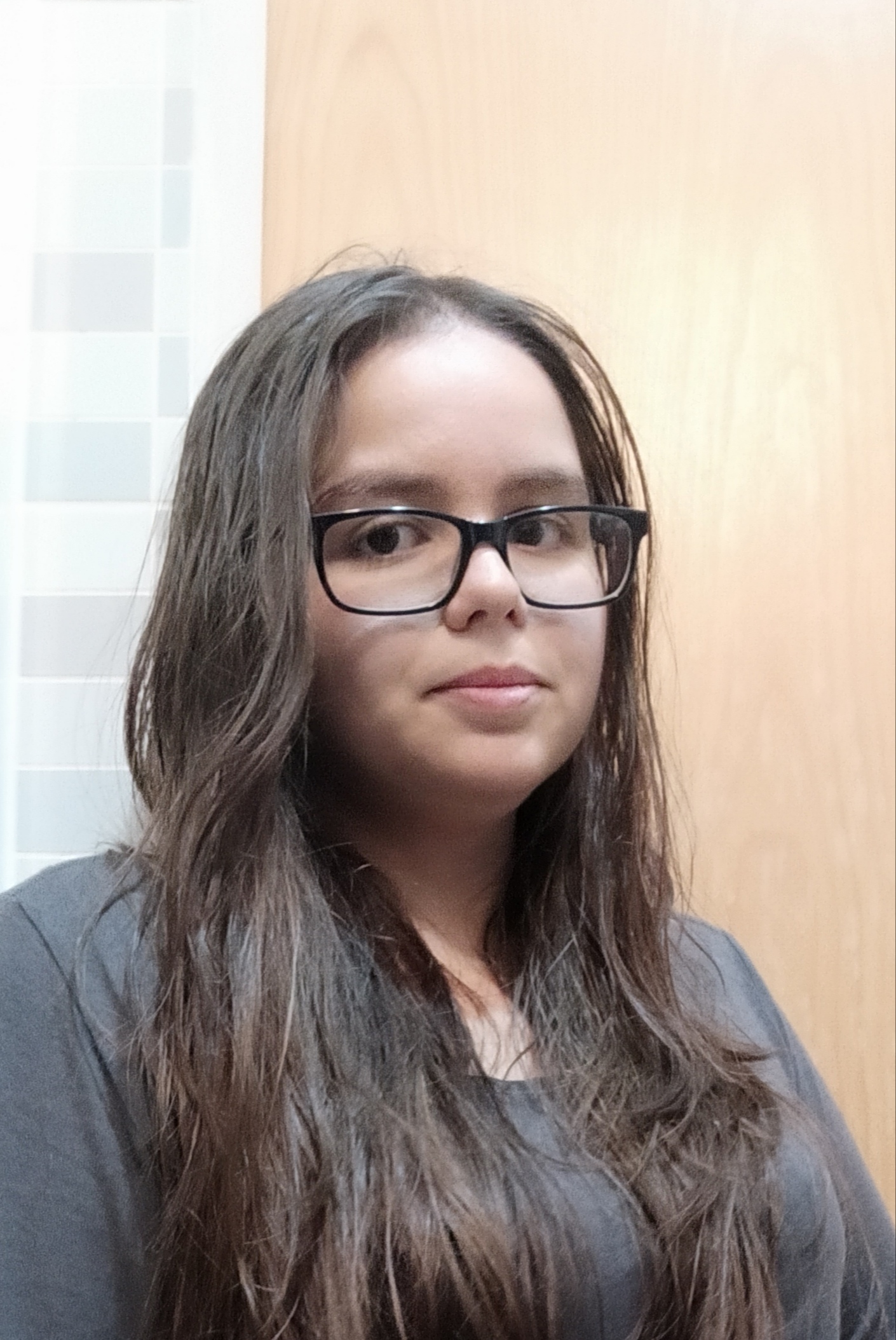 06/02/2020, 10:30 — 11:00 — Room P12, Mathematics Building
06/02/2020, 10:30 — 11:00 — Room P12, Mathematics Building
Margarida Azeitona, Mestre em Matemática e Aplicações
Ciência de Dados Aplicada ao Sector da Água
As entidades gestoras de serviços de água necessitam de reinvestir massivamente na reabilitação das suas infraestruturas para garantirem o melhor serviço aos seus clientes, de forma permanente, sustentável e segura.
Extrair informação relevante dos dados disponíveis, adquiridos em contínuo, permite direcionar as principais decisões a curto e longo prazo e identificar riscos e vulnerabilidades para os poder solucionar antes que os clientes sejam impactados.
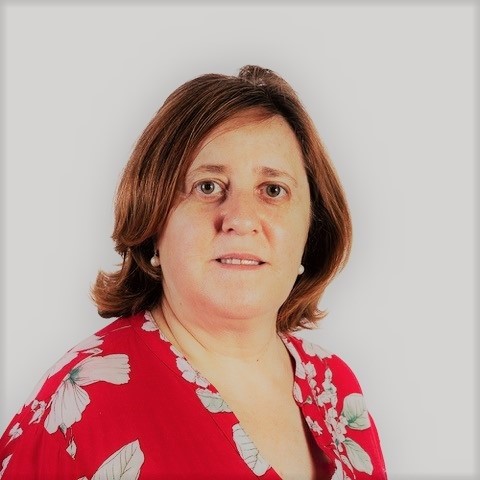 06/02/2020, 09:30 — 10:30 — Room P12, Mathematics Building
06/02/2020, 09:30 — 10:30 — Room P12, Mathematics Building
Conceição Amado, Instituto Superior Técnico e CEMAT, Universidade de Lisboa
A Importância da Amostragem em Ciência de Dados (II)
Na era dos “Grandes Dados” a tendência é analisar toda a informação disponível. Será que é mesmo necessário? Será que o esforço e tempo despendido para analisar esses “Grandes Dados” conduz a uma informação significativamente maior do que usar técnicas de amostragem?
Neste minicurso discute-se esta questão e introduzem-se conceitos básicos de amostragem em populações finitas.
